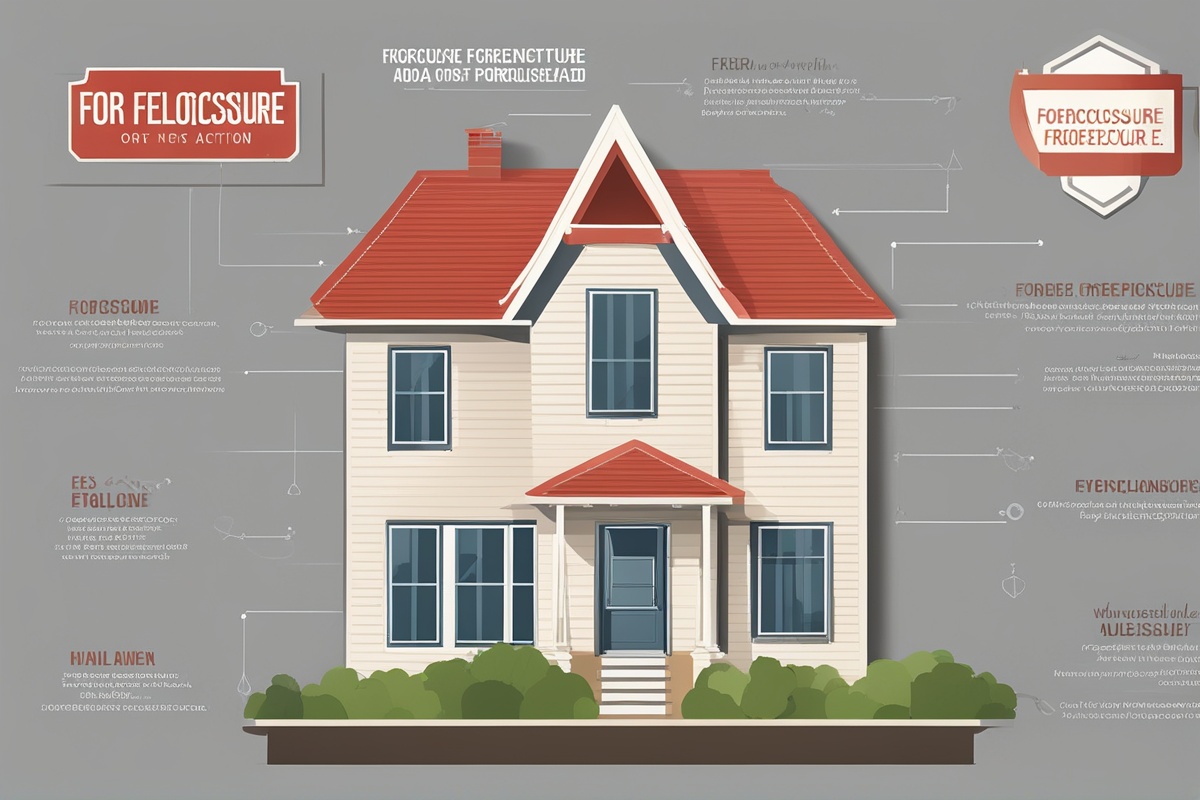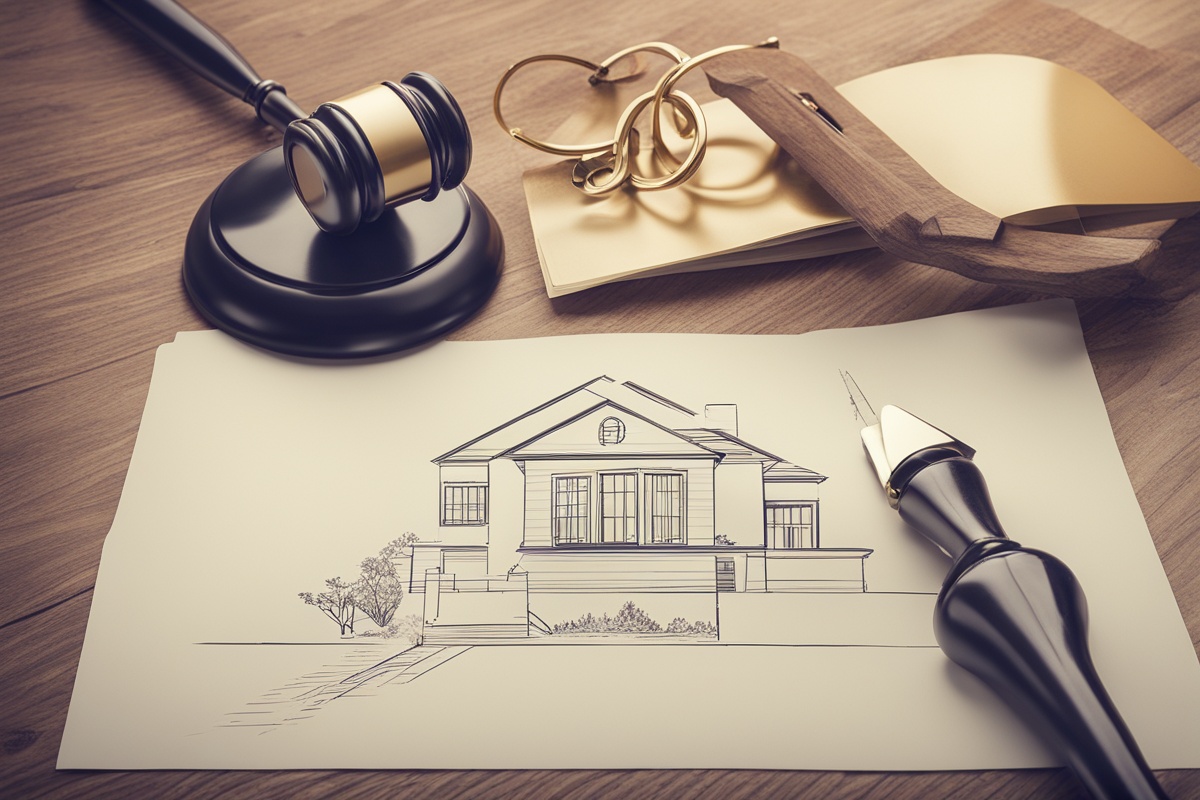Navigating the complexities of homeownership can be challenging, especially when financial difficulties arise. One of the most daunting prospects for any homeowner is the risk of losing their property through repossession. Understanding the home repossession process is crucial for anyone facing financial hardship or simply wanting to be prepared for potential challenges. This comprehensive guide will break down the steps involved in home repossession, explain key terms, and provide actionable insights to help you protect your home or mitigate the impact if repossession becomes unavoidable.
What Is Home Repossession?
Home repossession, often referred to as foreclosure in some regions, is a legal process through which a lender takes back ownership of a property when a borrower fails to meet the terms of their mortgage agreement, typically by missing payments. This process allows the lender to recover the outstanding debt by selling the property. While the specifics of the home repossession process can vary depending on local laws and regulations, the general framework remains consistent: missed payments lead to default, which triggers a series of legal and administrative steps culminating in the loss of the property if unresolved.
For many homeowners, the term “repossession” carries a heavy emotional and financial burden. However, understanding the home repossession process empowers individuals to take proactive steps, whether that means negotiating with lenders or exploring alternative solutions. If you’re unsure about the basics of foreclosure, check out our detailed guide on Foreclosure Basics to build a foundational understanding.
Key Stages of the Home Repossession Process
The home repossession process typically unfolds in several distinct stages. While timelines and specific requirements may differ based on jurisdiction, the following steps provide a general overview of what to expect:
- Missed Payments and Initial Notice: The process often begins when a borrower misses one or more mortgage payments. Lenders usually send a notice of default or a warning letter, giving the homeowner a grace period (often 30–90 days) to catch up on payments.
- Pre-Foreclosure Period: If payments remain unpaid, the lender may initiate pre-foreclosure, filing a public notice (like a Notice of Default) to formally start the legal process. During this stage, homeowners often have the opportunity to negotiate alternatives, such as loan modifications.
- Foreclosure Auction or Sale: If no resolution is reached, the property may be scheduled for a public auction or trustee sale. The lender aims to recover the owed amount by selling the home to the highest bidder.
- Eviction (if Necessary): If the homeowner does not vacate the property after the sale, the new owner or lender may initiate eviction proceedings to take possession of the home.
Understanding these stages is essential for taking timely action. For more information on negotiating with lenders, explore our article on Loan Modification Options.
Legal Rights and Protections for Homeowners
Homeowners facing repossession are not without rights. Many countries and states have laws in place to protect borrowers during the home repossession process. For instance, in the United States, the Fair Debt Collection Practices Act (FDCPA) and various state-specific regulations ensure that lenders follow fair practices when pursuing foreclosure. Some common protections include:
- Right to Notice: Lenders are typically required to provide written notice of missed payments and intent to foreclose, giving homeowners time to respond.
- Right to Reinstatement: In some jurisdictions, homeowners can reinstate their mortgage by paying the overdue amount plus fees before a certain deadline.
- Right to Redemption: Certain areas allow a redemption period after the sale, during which the original owner can reclaim the property by paying the full debt.
Understanding your legal rights can make a significant difference in the outcome of a repossession case. If you’re curious about state-specific laws, our post on State Foreclosure Laws offers a detailed breakdown.
Options to Avoid Home Repossession
While the prospect of repossession is intimidating, there are several strategies homeowners can employ to prevent it. Taking swift action and communicating with your lender can often lead to viable solutions. Here are some common options:
- Loan Modification: Lenders may agree to adjust the terms of your mortgage, such as lowering the interest rate or extending the repayment period, to make payments more manageable.
- Forbearance Agreement: This temporary arrangement allows you to pause or reduce payments for a set period, giving you time to recover financially.
- Short Sale: If you owe more on your mortgage than the home is worth, a short sale lets you sell the property for less than the outstanding balance with the lender’s approval, avoiding foreclosure.
- Deed in Lieu of Foreclosure: In this scenario, you voluntarily transfer ownership of the property to the lender to satisfy the debt and avoid a formal foreclosure process.
Exploring these alternatives early can save your home and credit score from the long-term damage of repossession. Learn more about short sales in our guide on Understanding Short Sales.
Impact of Home Repossession on Credit and Future Finances
The consequences of home repossession extend far beyond losing your property. A foreclosure or repossession can severely damage your credit score, often dropping it by 100–300 points, depending on your starting score and other factors. This negative mark can remain on your credit report for up to seven years, making it difficult to secure new loans, rent a home, or even obtain certain types of employment.
Additionally, repossession may result in a deficiency judgment if the sale of the property does not cover the full mortgage balance. This means you could still owe money to the lender even after losing your home. Rebuilding your financial health after repossession requires careful planning, such as working on credit repair and budgeting. For tips on recovering financially, read our article on Post-Foreclosure Financial Recovery.
Emotional and Practical Considerations During Repossession
Beyond the financial and legal ramifications, the home repossession process can take a significant emotional toll. Losing a home often means uprooting your family, disrupting routines, and facing uncertainty about the future. It’s important to prioritize mental health during this challenging time by seeking support from loved ones, counselors, or community resources.
On the practical side, prepare for the possibility of relocation by organizing important documents, securing temporary housing, and understanding your rights as a tenant if eviction becomes necessary. While it’s a difficult journey, many people successfully rebuild their lives after repossession with determination and the right resources.
Disclaimer: The information provided in this article is for general informational purposes only and should not be construed as legal, financial, or professional advice. The home repossession process and related laws vary by jurisdiction, and individual circumstances may differ. We strongly recommend consulting with a qualified attorney, financial advisor, or housing counselor to address your specific situation. The authors and publishers of this content are not responsible for any actions taken based on the information provided herein.
References
- Consumer Financial Protection Bureau – What is Foreclosure?
- U.S. Department of Housing and Urban Development – Avoiding Foreclosure
- Federal Trade Commission – Mortgage and Foreclosure Information
- Nolo – Foreclosure Rights for Homeowners
- Experian – How Does Foreclosure Affect Your Credit?
This content is for informational purposes only and not a substitute for professional advice.





